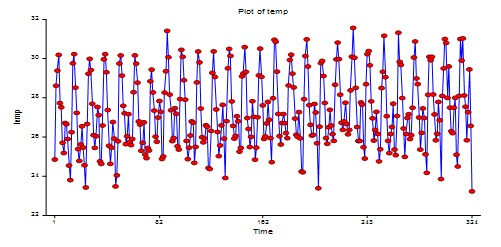Modelling and Forecasting Climate Time Series with State-Space Model
Keywords:
Rainfall, Temperature, Kalman filter, State-space models, ResidualsAbstract
This study modelled and estimated climatic data using the state-space model. The study was specifically to identify the pattern of the trend movement i.e., increase or decrease in the occurrence of the climatic change; to use of Univariate Kalman Filter for the computation of the likelihood function for climatic projections; to modelling the climatic dataset using the state-space model and to assess the forecasting power of the state-space models. The data used for the work includes temperature and rainfall for periods January 1991 to December 2017. The data are tested for normality. Shapiro-Wilk, Anderson-Darling and Kolmogorov-Smirnov test of normality for the climatic data all showed that the variables are not normally distributed. The work spans the use of breaking trend regression model to fit climatic data to estimate the slopes which show much increase in climatic data has been recorded from the initial time data collection until the present. Investigations and diagnostic are carried out by checking for corrections in the residuals and also checking for periodicity in the residuals. The results of this investigation show significant autocorrelation in the residuals indicating the presence of underlying noise terms which is not accounted for. By treating the residual as an autoregressive moving average (ARMA) process whereby we can obtain its spectral density, the result from the parametric spectral estimate shows underlying periodic patterns for monthly data, thus, leads to a discussion on the need to treat climatic data as a structural time series model. We select appropriate models by considering the goodness of fit of the model by comparing the Akaike information criterion (AIC) values. Parameters are estimated and accomplished with some measures of precision.






